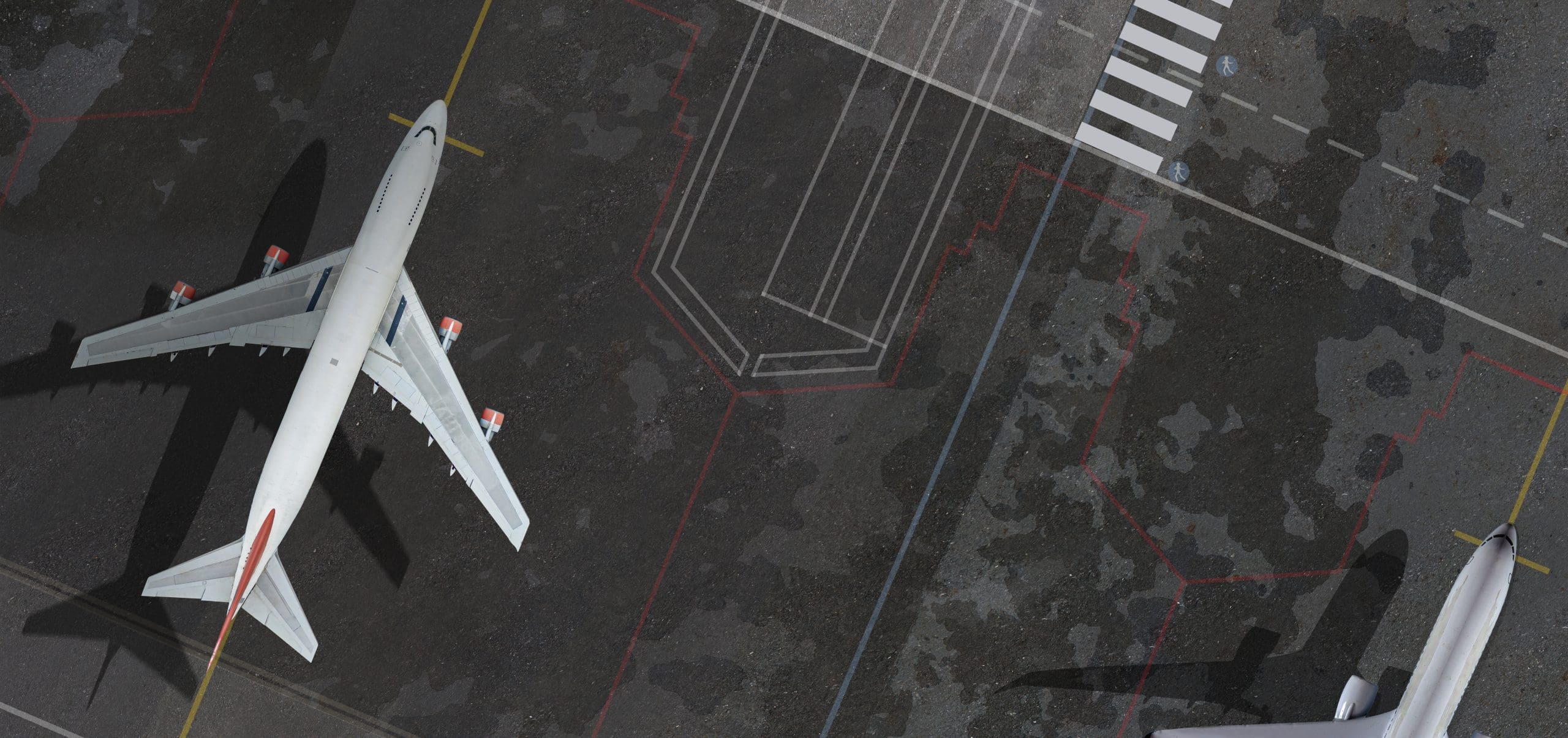TACKLING COMPLACENCY, COMPLEXITY
AND CONFUSION
Andy Blackwell, Senior Risk and Security Advisor with ISARR, examines three common security inhibitors: complacency, complexity, and confusion, and provides advice on how the aviation sector can tackle them to maintain aviation security resilience.
Read the complete article here







